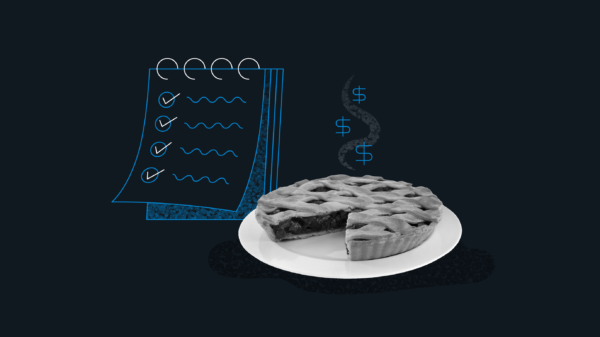Aug 24, 2018
The Big Money Grab
Teach your kids strategies for counting coins

Almost every day, you count change as it’s handed back to you in stores, gas stations, and supermarkets.
It may seem basic to you now, but you had to learn how to make sense of change as a child. And learning to count change quickly is actually an important building block of financial literacy for your children.
What’s this lesson all about?
We call it “Money Grab,” and it’s an activity that can help your kids learn and practice counting a collection of coins of different values. Your child will use skip counting strategies to count up different coin values. This activity is for children in the 1st through 4th grades.
In another lesson, we’ll describe what skip counting is. This new lesson will build on skills learned in that lesson. Skip counting should be a secure skill before working on this activity.
What you’ll need
- Activity Sheet Download and Print [PDF]
- A variety of coins of different values (pennies, nickels, dimes and quarters)
Getting Started:
- Pour the coins onto a table.
- Grab 2 coins.
- Ask questions to ensure understanding of basic skills. What is the name of the coin? What is the value? Check that naming and coin values are secure skills. If not, review and support.
Sample question: “If a nickel is worth 5¢ and a dime is worth 10¢, what is the value of these two coins together?
- Repeat multiple times with a new “grab” of 2 coins at a time.
- If counting 2 coins is secure, grab 3 coins. Put like coins together and organize them from greatest value to least. These strategies make skip counting easier.
- When counting the value of 3 coins is secure, move onto more coins.
- It is important that the child stay organized when counting. Model if necessary.
- Add dollar bills to the activity, finding the total value.
Talk to your kids
It’s important to have conversations with your children about what they’ve learned, to reinforce the lessons.
As a conversation starter, take two piles of coins with the same number of coins but a random mix of coin values.
Sample questions: Are these piles the same value? Why does one have a greater value or a smaller value?
Encourage your child to use any strategy to solve the problem. Examples include counting up the change, making a drawing, or using mental math.
Related Articles

The 2024 Financial Checklist: A Guide to a Confident New Year

9 Ways to Celebrate Financial Wellness Month

Budgeting for Young Adults: 19 Money Saving Tips for 2024

The Best Personal Finance Books on Money Skills, Investing, and Creating Your Best Life for 2024

What Is a Financial Plan? A Beginner’s Guide to Financial Planning

How to Save Money: 45 Best Ways to Grow Your Savings





